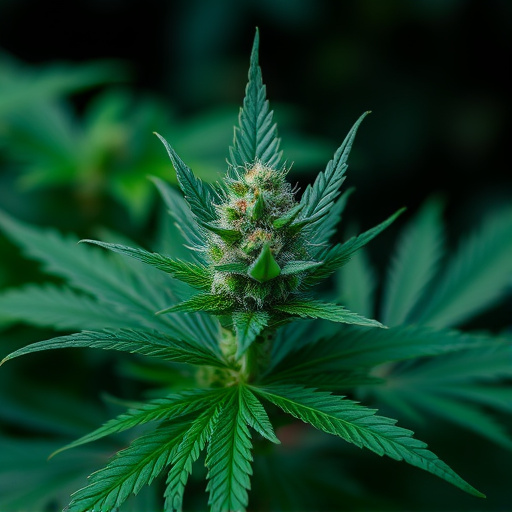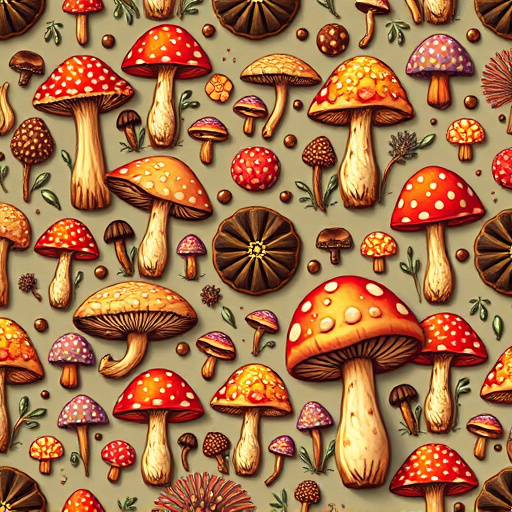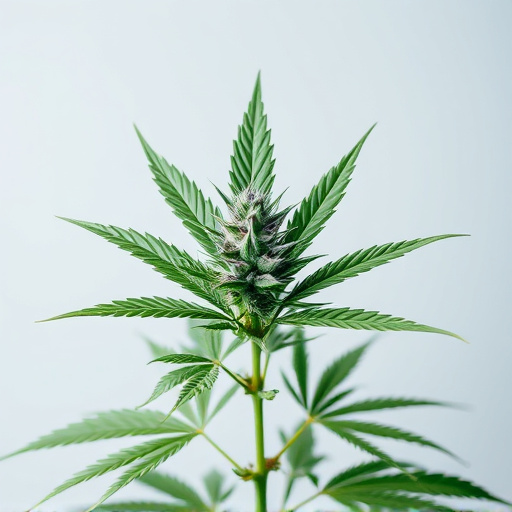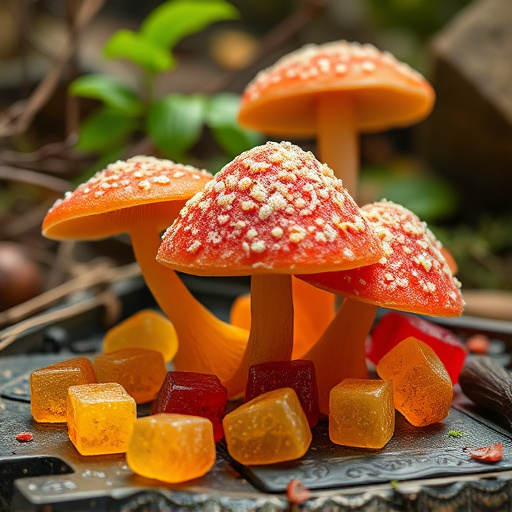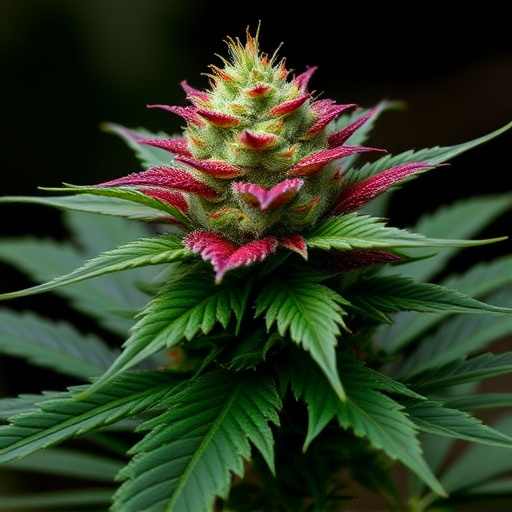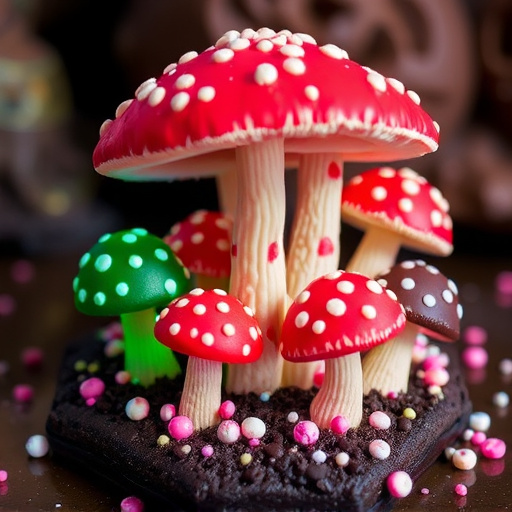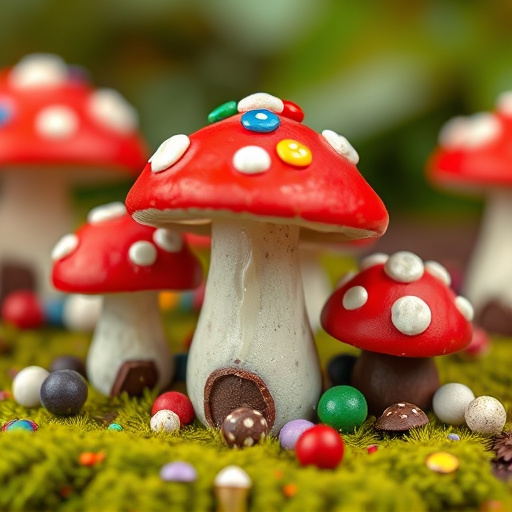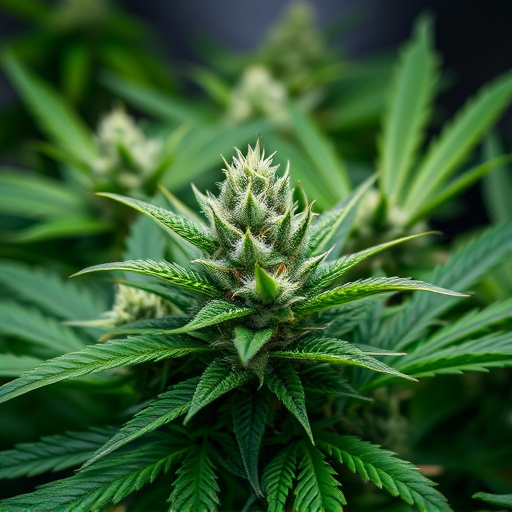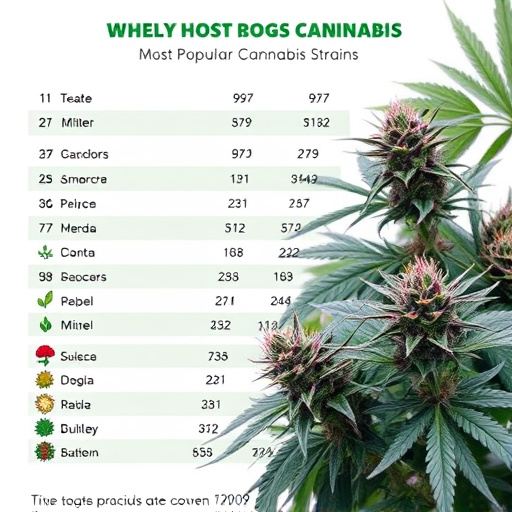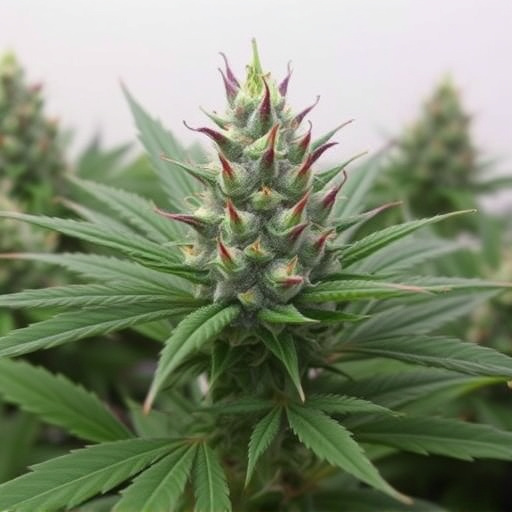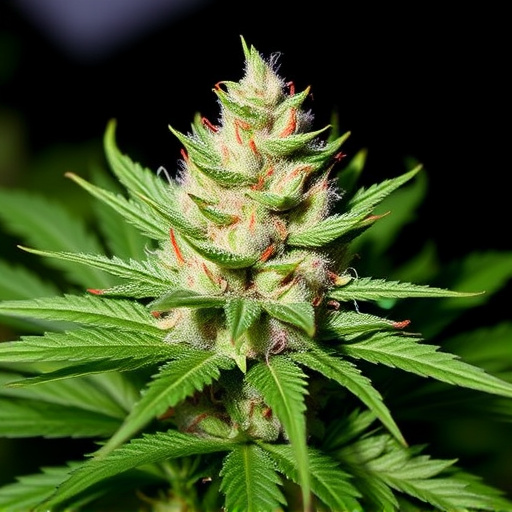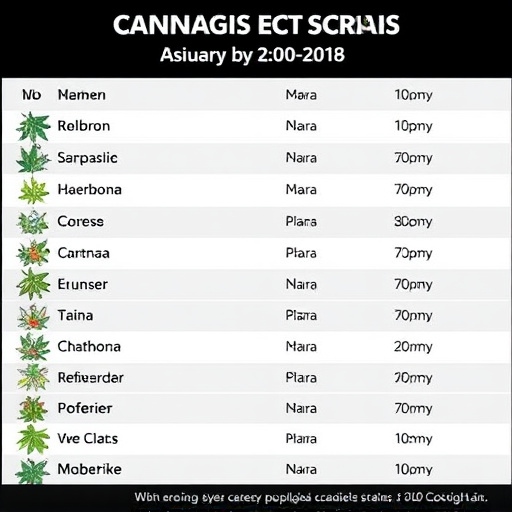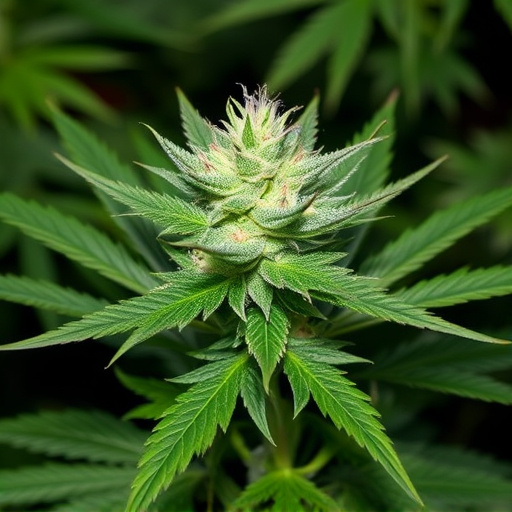Evaluating weed quality starts with a visual inspection focusing on color, trichome density, leaf structure, and aroma. Popular strains like Northern Lights and Girl Scout Cookies exhibit vibrant colors, dense sticky trichomes, broad uniform leaves, and desirable aromas, reflecting optimal cultivation practices. Dull colors, sparse trichomes, mold, brittle leaves, or musty smells indicate poor quality due to inadequate cultivation or storage.
“Unraveling the nuances between good and bad weed is essential for discerning enthusiasts. In this comprehensive guide, we explore the art of identifying top-tier cannabis through visual characteristics, aroma, and effect. From vibrant colors and distinct scents to leaf patterns and potency levels, we delve into what makes a strain truly exceptional. Discover how to navigate the market and choose from the most popular cannabis strains, ensuring an optimal experience every time.”
- Visual Characteristics
- – Color and Texture: What to look for in healthy cannabis flowers
- – Leaf Structure and Shape: Distinguishing good from bad weed based on leaves
Visual Characteristics
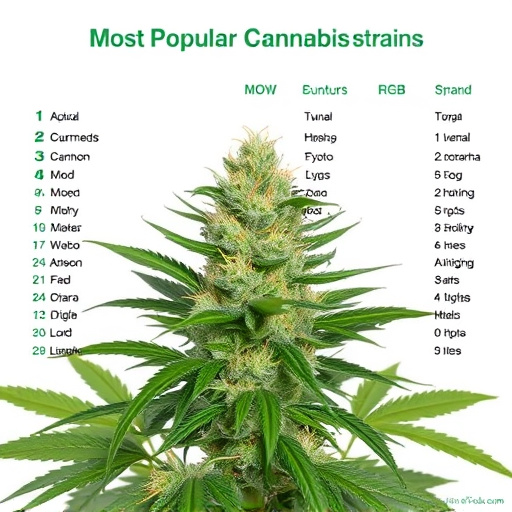
When it comes to evaluating the quality of weed, visual characteristics are a good starting point. One of the key differences between good and bad weed lies in its appearance. The most popular cannabis strains often boast vibrant green colors, with hints of orange or purple hues, depending on the specific variety. Good weed typically has dense, sticky trichomes that give it a glossy finish and an enticing aroma. These trichomes are tiny hair-like structures that contain potent cannabinoids, responsible for the plant’s therapeutic effects and distinctive smell.
In contrast, bad weed may exhibit signs of poor cultivation or storage. It could have a dull, pale green or even brown color, indicating dehydration or lack of nutrients. Sparse trichomes that are dry or brittle suggest that the plant hasn’t been well-cared for or has been exposed to adverse conditions. Additionally, mold or mildew spots on the flowers can be a red flag, as these indicators often signal poor hygiene during cultivation or storage, potentially leading to an unpleasant taste and reduced effectiveness.
– Color and Texture: What to look for in healthy cannabis flowers
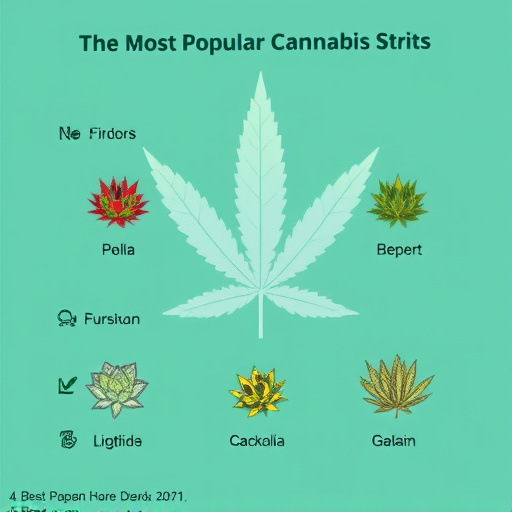
Healthy cannabis flowers, often sought after by enthusiasts, display a vibrant and diverse color palette. The most popular cannabis strains typically feature rich greens, ranging from deep forest shades to bright emerald tones, intermixed with vibrant purple, blue, or orange hues. This chromatic variety is not just aesthetically pleasing; it’s a sign of robust trichome development, which are small glandular hairs responsible for the plant’s resin production. When these trichomes are dense and glistening, they indicate a high concentration of cannabinoids and terpenes, contributing to the desired effects and aroma.
Beyond color, the texture of cannabis flowers is another crucial indicator. Soft, fluffy buds with sticky resin should give way to a delicate, floral scent when gently rubbed. The leaves should be firm and pliable, with a uniform shape and size. Unhealthy cannabis may exhibit signs like dry, brittle stems; dull or discolored leaves; and a faint, musty smell. These characteristics often suggest poor cultivation practices or environmental stress, resulting in lower quality and potential adverse effects.
– Leaf Structure and Shape: Distinguishing good from bad weed based on leaves
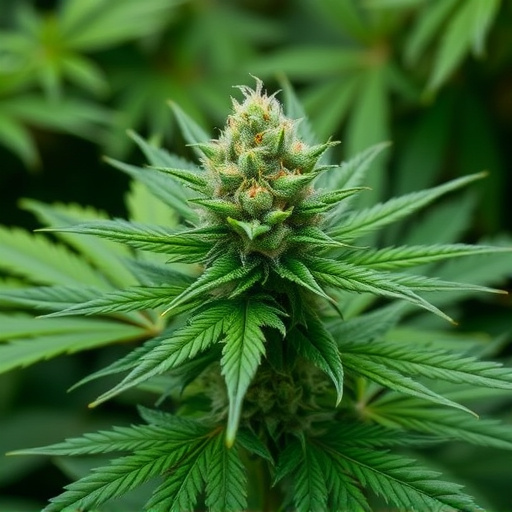
When assessing the quality of cannabis, one of the initial visual indicators is the leaf structure and shape. High-quality weed typically boasts thick, robust stems with broad leaves that have a uniform shape and size. These leaves are often described as “jagged” or having a distinct serrated edge, which contributes to their overall strength and resilience. In contrast, low-quality cannabis may display thin stems, narrow leaves, or even leaves that are misshapen or vary greatly in size.
The most popular cannabis strains, renowned for their desirable traits, often exhibit these characteristics. For instance, Indica varieties like Northern Lights or Girl Scout Cookies are celebrated for their dense, sticky buds and leaves that align with the ideal structure mentioned above. This structural integrity is a sign of healthy plants grown under optimal conditions, ensuring a potent and enjoyable smoking experience.
When discerning between good and bad weed, paying attention to visual characteristics is key. Healthy cannabis flowers should boast vibrant colors and consistent texture—signs of optimal growing conditions. Additionally, ideal leaves exhibit a well-defined structure and shape, indicators of high-quality cultivation. By understanding these traits, consumers can make informed choices among the most popular cannabis strains, ensuring they experience the full potential of this versatile plant.
